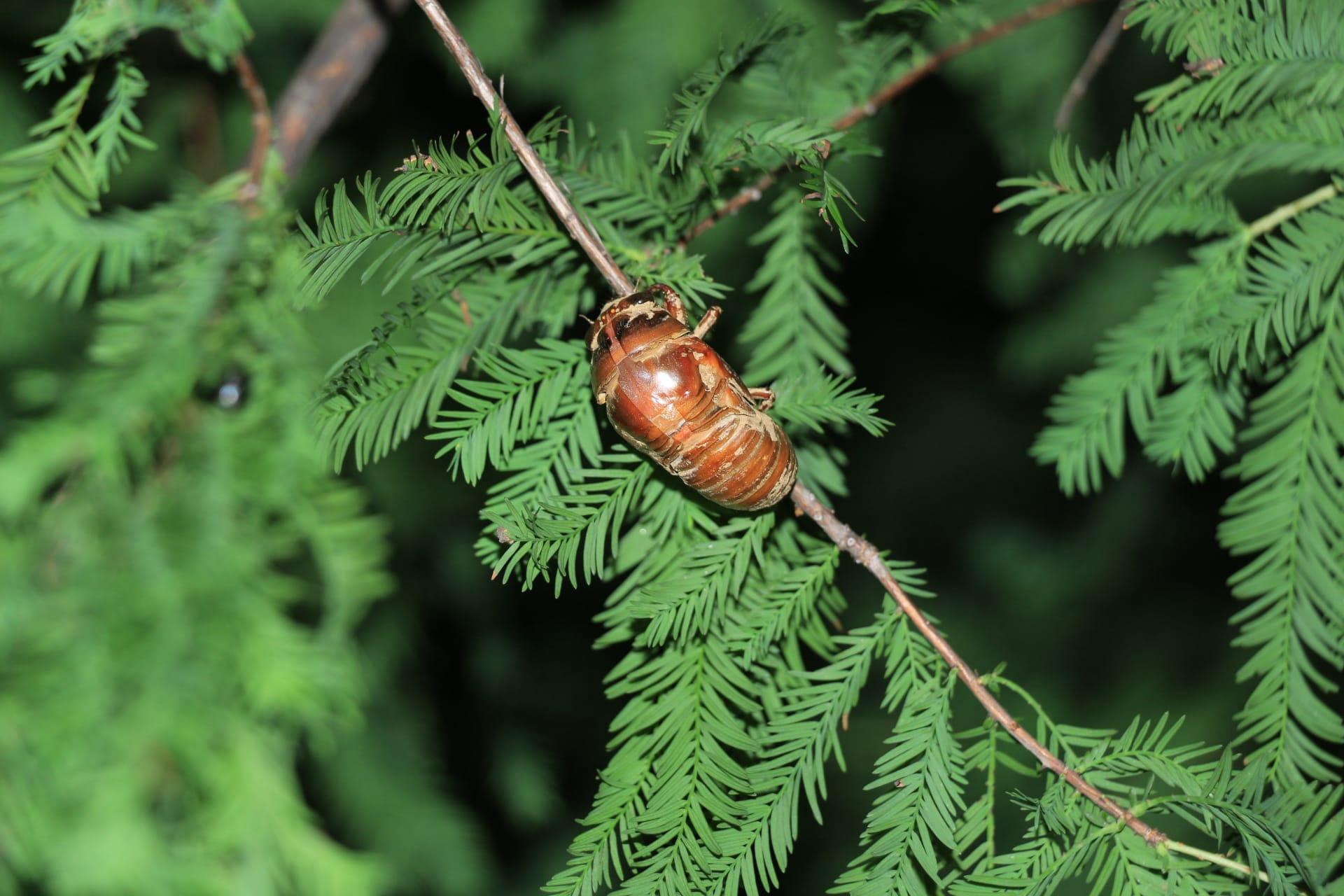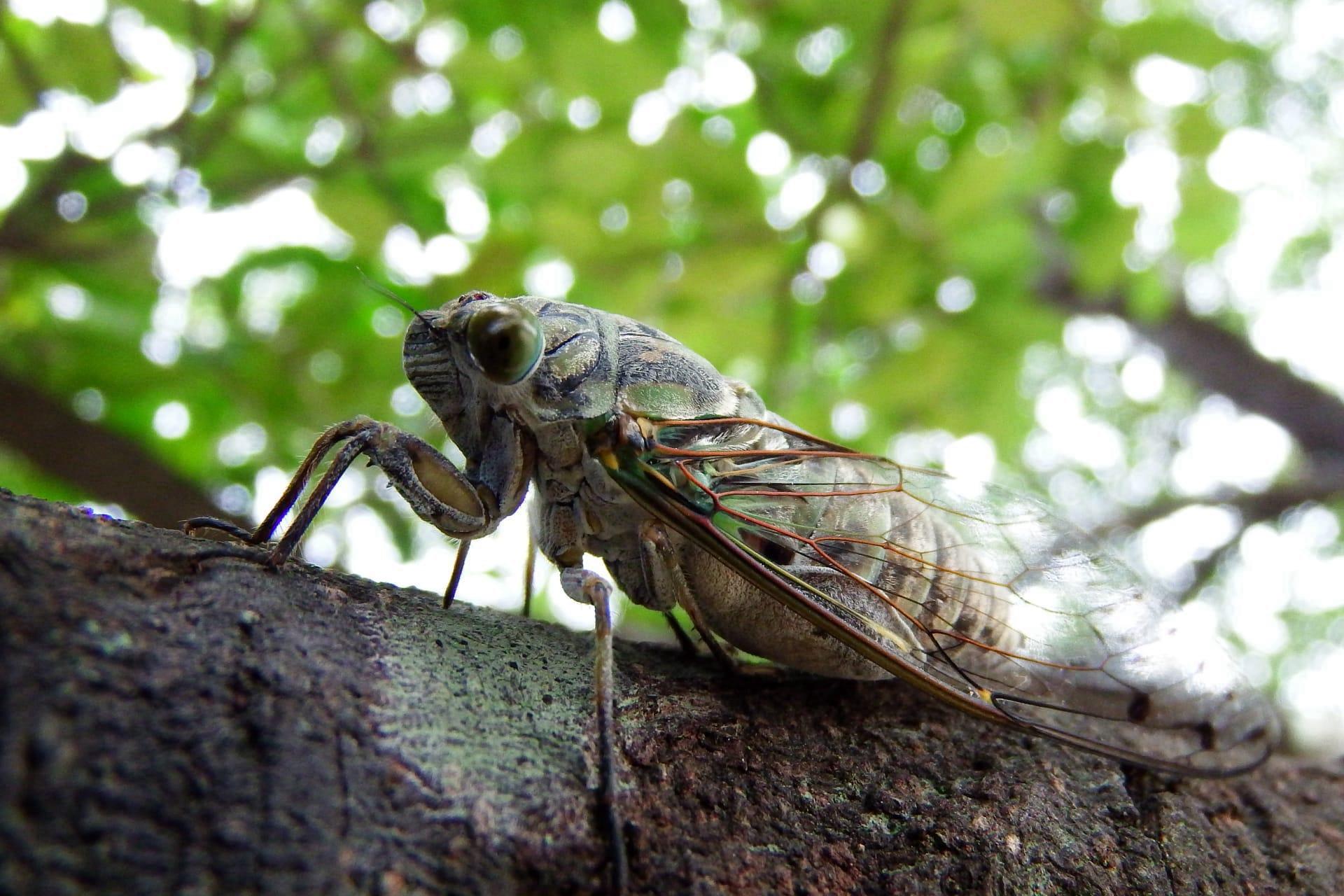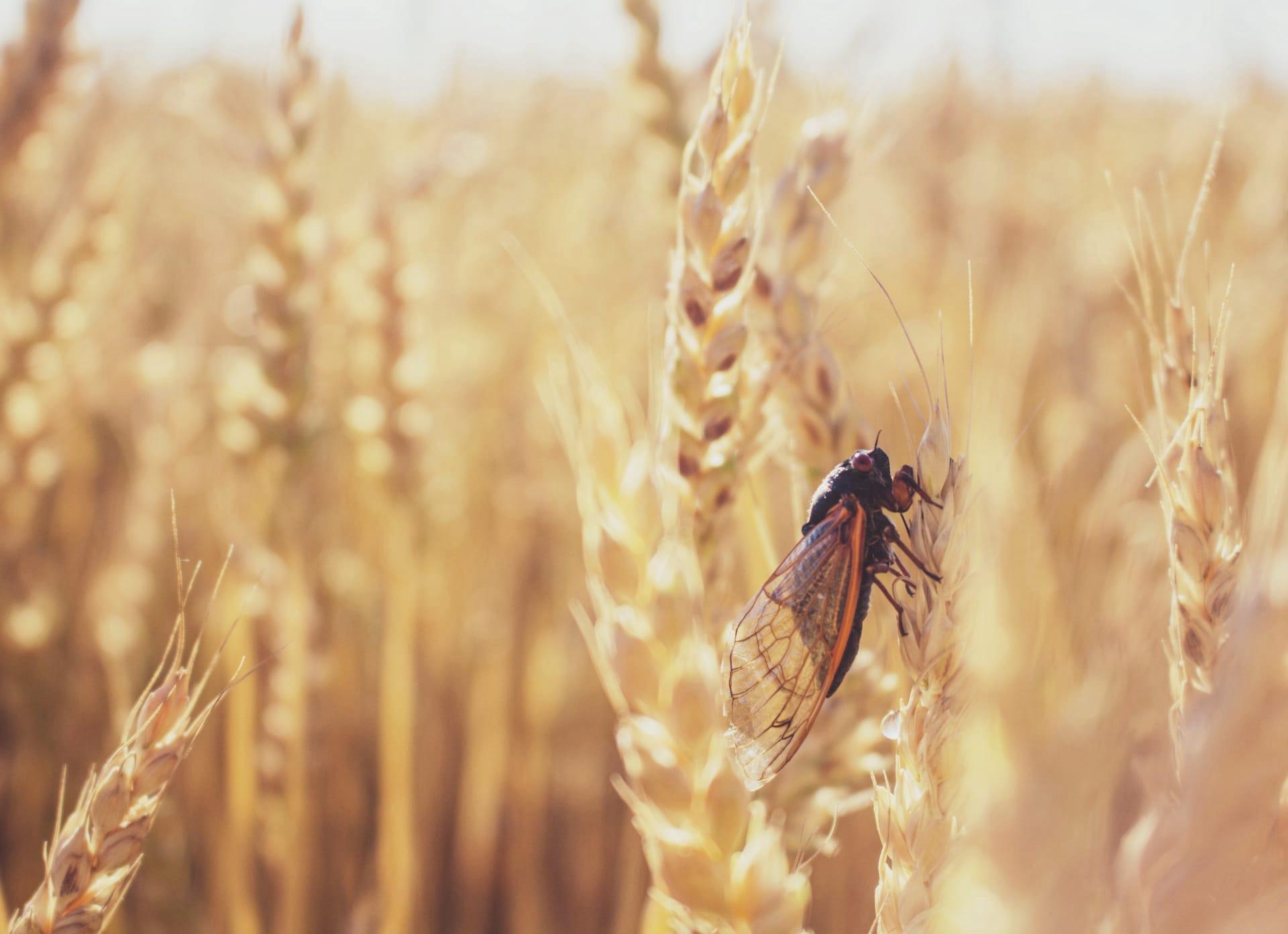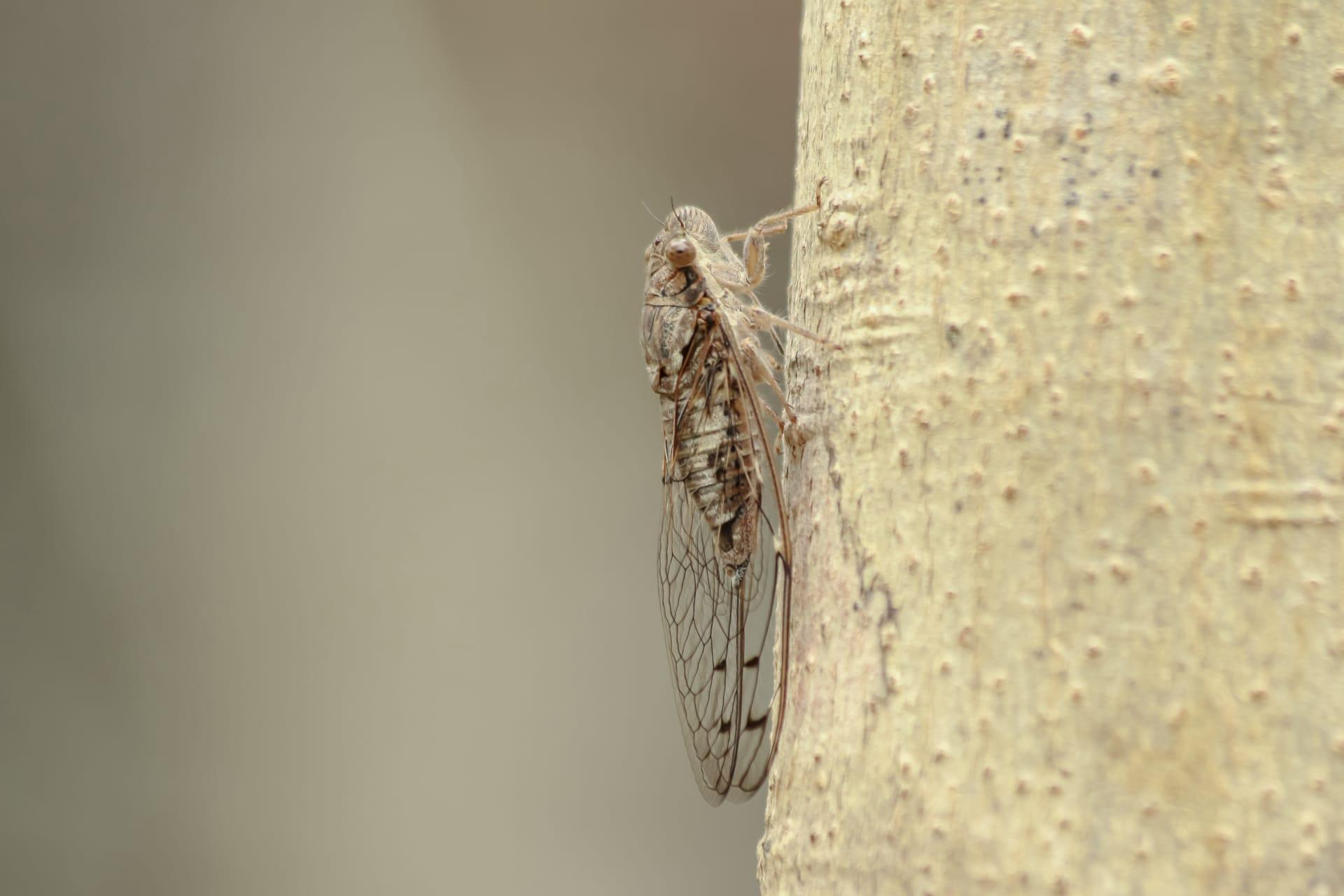Cicada Trivia
- Home /
- Trivia Question /
- Animal /
- Cicada Trivia
1
Question: How long do cicadas live, and what's unique about their lifespan?
Answer: Cicadas are fascinating for their lengthy lifespans. Most species live as nymphs underground for 2 to 17 years, depending on the species, with the periodical cicadas famously emerging every 13 or 17 years. They spend just a few weeks as adults above ground, mating and laying eggs before dying. This long juvenile phase is among the longest of any insect.
Question: What do cicadas eat, and how do they get their nutrients?
Answer: Cicadas are primarily plant feeders. As nymphs, they feed on xylem fluids from the roots of various plants, including grasses and trees. This sap is low in nutrients but high in water content. Adult cicadas, on the other hand, consume fluids from plant stems and branches. They have a specialized mouthpart, a proboscis, to pierce plant tissues and access the sap.

2
Question: Do cicadas pose a threat to human crops or gardens?
Answer: Contrary to popular belief, cicadas are not harmful to most crops and garden plants. While in large numbers they may cause some damage to young trees by laying eggs in the twigs, their feeding generally doesn't harm plants. In fact, their underground nymphs aerate the soil, and their decomposing bodies provide nutrients.
Question: Are cicadas locusts?
Answer: This is a common misconception. Cicadas are not locusts. The confusion likely arises from their swarming behavior and periodic emergence. Locusts are a type of grasshopper, while cicadas are part of the order Hemiptera, which includes aphids and bedbugs. The two insects are distinctly different in both biology and behavior.

3
Question: Why do cicadas make such loud noises?
Answer: The loud noises made by male cicadas are mating calls to attract females. They produce these sounds using a pair of structures called tymbals on the sides of their abdominal base. Muscles rapidly contract and relax these tymbals, creating the loud chirping sound. Some species can produce sounds up to 120 decibels, which is as loud as a rock concert.
Question: Can cicadas be beneficial for the environment?
Answer: Yes, cicadas play a crucial role in their ecosystems. Their emergence provides a significant food source for predators like birds, mammals, and other insects. Additionally, their burrowing as nymphs helps aerate the soil, and their decomposing bodies enrich the soil with nutrients, benefiting plant growth.

4
Question: How do cicadas synchronize their emergence?
Answer: Cicadas have an internal biological clock that helps them keep track of the passing years. They use environmental cues like temperature and seasonal changes to know when to emerge. For periodical cicadas, this synchronization ensures that they all emerge at once, overwhelming predators with their sheer numbers, a survival strategy known as predator satiation.
Question: Do all cicadas emerge at the same frequency, like every 17 years?
Answer: No, not all cicadas have the same emergence frequency. There are over 3,000 cicada species worldwide. Most are annual or "dog-day" cicadas, which appear every year. The famous periodical cicadas in North America, however, emerge either every 13 or 17 years, depending on the brood.

5
Question: Are cicadas found all over the world?
Answer: Cicadas are found on every continent except Antarctica. However, their distribution and species diversity vary greatly. The periodical cicadas, known for their 13 or 17-year cycles, are primarily found in North America, while other species with shorter life cycles are widespread globally.
Question: What happens to cicadas after they mate?
Answer: After mating, female cicadas lay their eggs in slits they cut into the branches of trees. These eggs hatch into nymphs, which fall to the ground and burrow underground. The nymphs then spend a significant part of their lives underground, feeding on root sap, before emerging as adults to repeat the cycle. Adult cicadas typically die soon after mating and laying eggs.